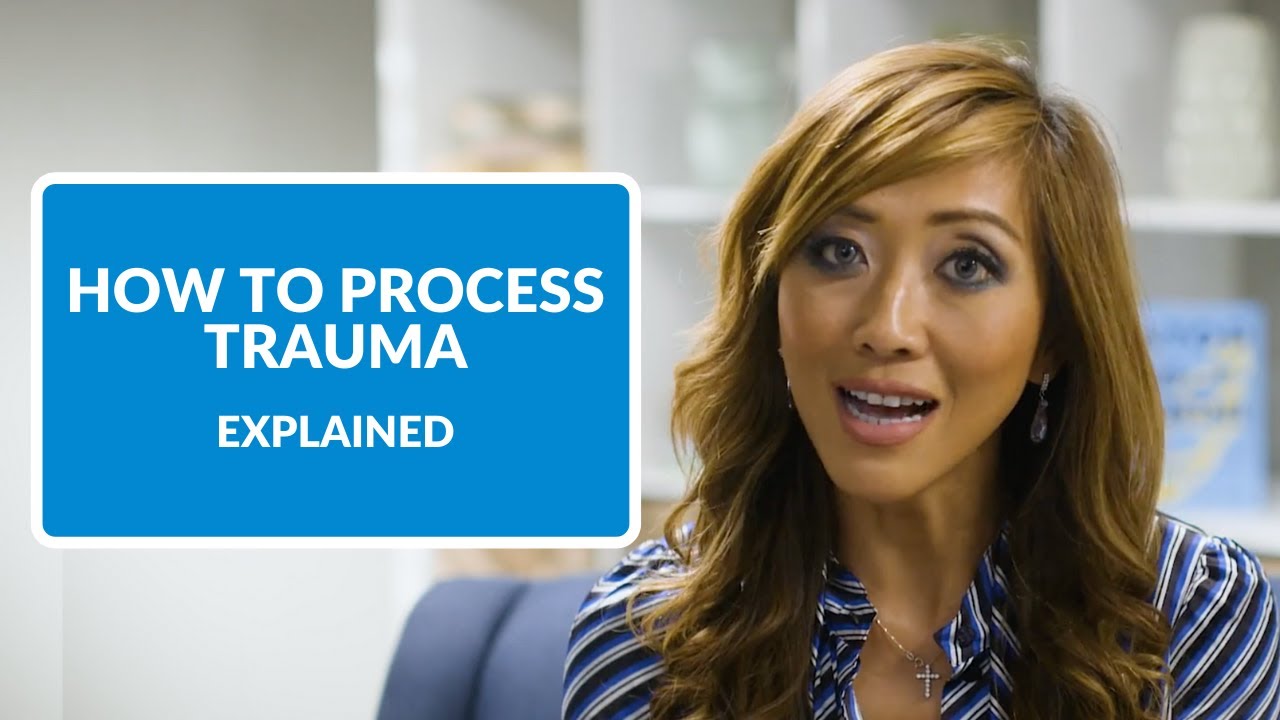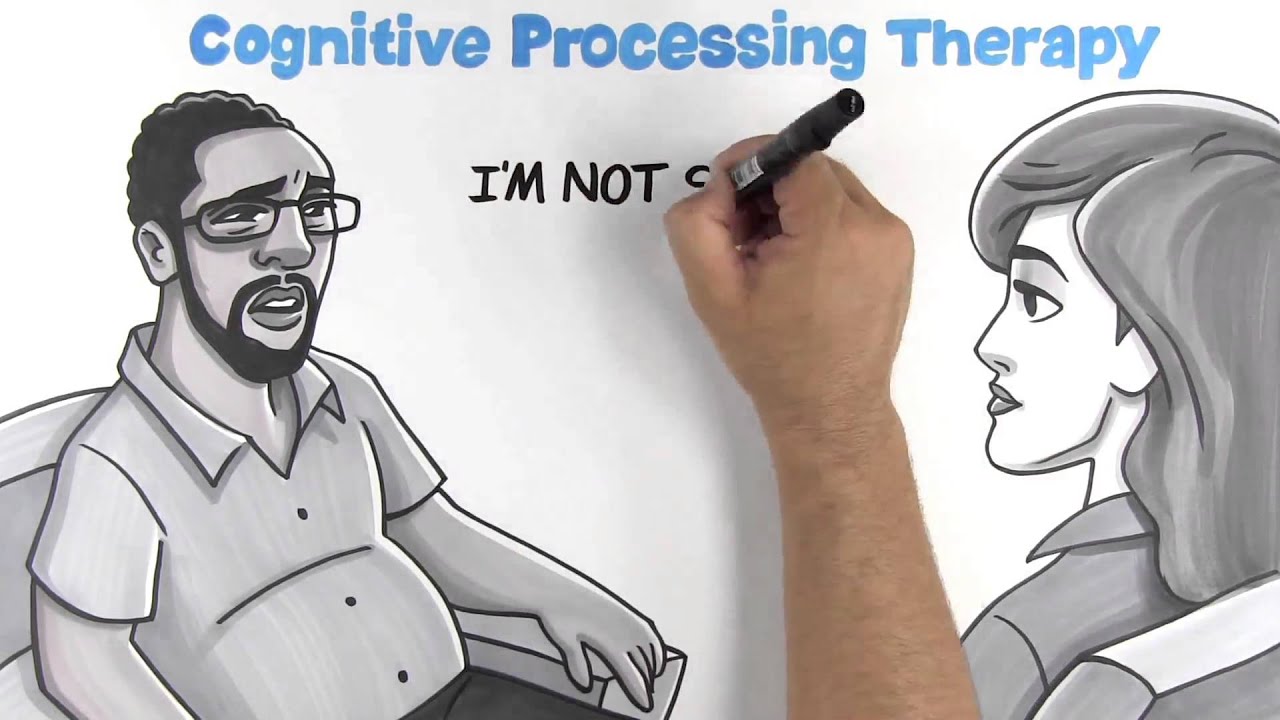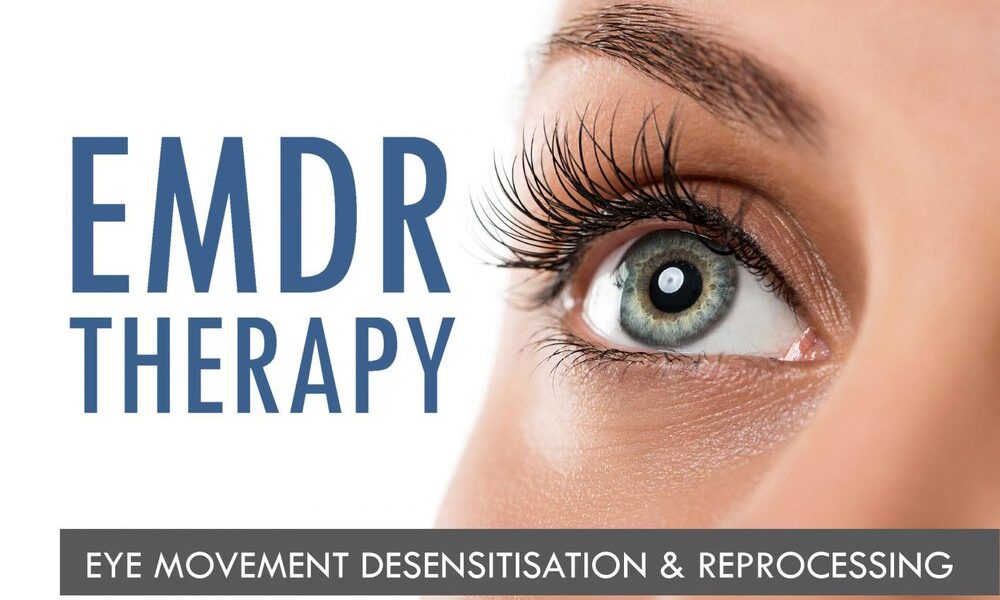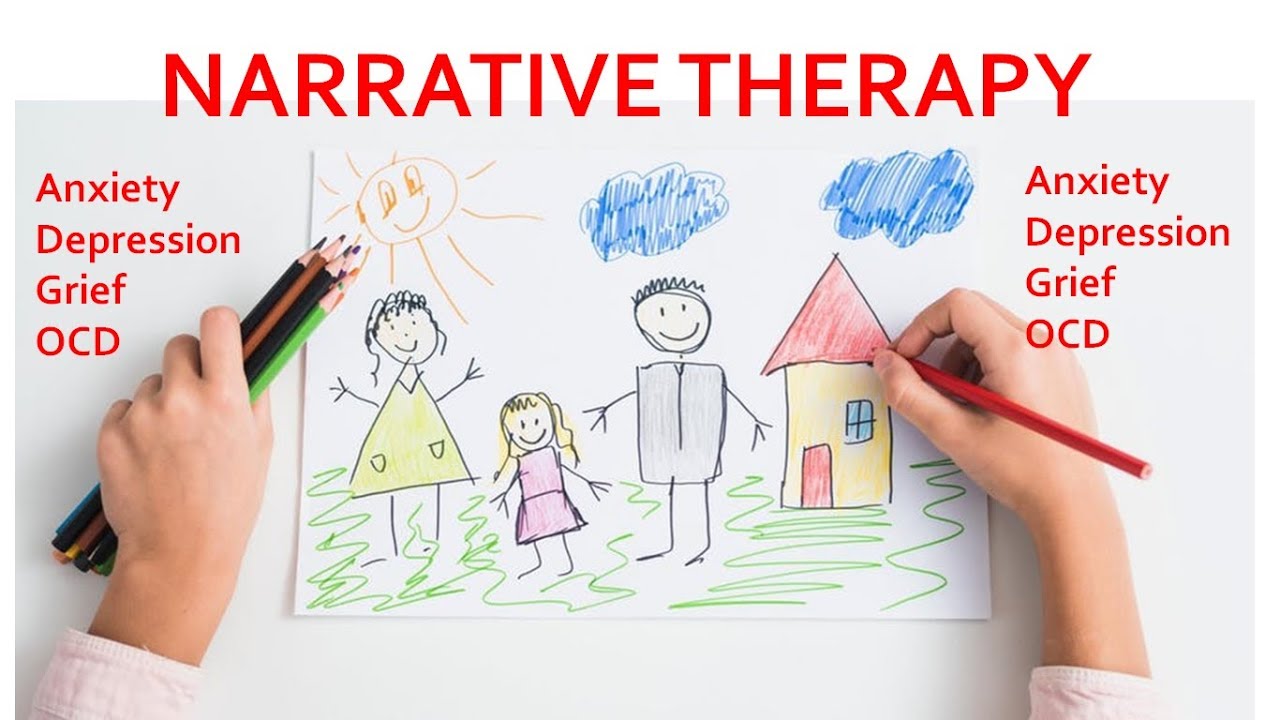Trauma-Focused Therapy Explained: Types, Benefits & How to Start
Trauma can deeply affect a person's thoughts, feelings, and daily life. Whether it stems from a single event or long-term experiences, trauma can lead to emotional struggles and interfere with personal relationships, work, and overall well-being. Thankfully, there are ways to heal and move forward. One such method is trauma-focused therapy. This approach offers targeted techniques to help people process and recover from traumatic experiences.
In this guide, we will explore what trauma-focused therapy is, why it is important, the different types available, the many benefits it offers, and how to begin your own healing journey. The goal is to provide a clear and easy-to-understand explanation that anyone can follow, whether you are seeking help for yourself or someone you care about.
What Is Trauma-Focused Therapy

Trauma-focused therapy is a type of psychological treatment designed specifically to address the emotional and mental impact of traumatic experiences. This therapy helps people understand and process the trauma they have gone through, reduce symptoms like anxiety or depression, and build healthier coping strategies.
Unlike general talk therapy, trauma-focused therapy directly targets traumatic memories and the negative beliefs that often develop as a result. It aims to help individuals reframe their thoughts, feel safer, and regain control over their emotions and actions.
Trauma can result from various experiences. Some common sources include accidents, abuse, neglect, violence, loss of a loved one, or exposure to disaster. Everyone reacts differently, and even similar events can affect individuals in unique ways. Trauma-focused therapy, often integrated into Addiction Treatment In Pennsylvania, provides a personalized approach based on each person’s needs.
Why Trauma-Focused Therapy Matters
When someone experiences trauma, their brain and body can become stuck in a constant state of alertness or distress. This can lead to emotional numbness, nightmares, flashbacks, trust issues, and difficulty concentrating. Over time, these symptoms can disrupt daily life and lead to conditions like post-traumatic stress disorder, depression, or anxiety.
Trauma-focused therapy plays a critical role in breaking this cycle. By helping individuals face and process their trauma in a safe environment, the therapy allows the brain to rewire itself. This reduces the intensity of trauma-related symptoms and helps people build resilience.
Ignoring trauma does not make it go away. In fact, it can worsen over time. Seeking trauma-focused therapy is a proactive step toward healing, understanding, and reclaiming control over one’s life.
Types of Trauma-Focused Therapy
There are several approaches to trauma-focused therapy, each designed to meet different needs and preferences. Here are some of the most commonly used types.
Cognitive Processing Therapy

Cognitive Processing Therapy, or CPT, focuses on identifying and challenging unhelpful thoughts related to trauma. Many people develop negative beliefs about themselves or the world after a traumatic event. For example, someone may believe they are to blame for what happened or that the world is a dangerous place.
Through guided sessions, CPT helps individuals understand how their thoughts affect their emotions and behavior. Therapists work with clients to replace harmful beliefs with more accurate and helpful ones. Over time, this process can reduce emotional pain and improve mental well-being.
Prolonged Exposure Therapy
Prolonged Exposure Therapy encourages individuals to gradually face trauma-related memories, thoughts, and situations they have been avoiding. Avoidance is a common reaction to trauma, but it often leads to increased anxiety and fear over time.
In this therapy, clients are supported as they confront these triggers in a safe and structured way. This may involve imagining the traumatic event, revisiting the location where it occurred, or discussing it in detail. The goal is to help the brain learn that these memories are no longer dangerous, reducing their emotional impact.
Eye Movement Desensitization and Reprocessing

Eye Movement Desensitization and Reprocessing, commonly known as EMDR, is a unique therapy that uses guided eye movements or other forms of bilateral stimulation to help the brain process traumatic memories.
During EMDR sessions, clients briefly focus on the traumatic memory while also following a visual or sensory cue. This process helps the brain reprocess the memory, making it less distressing. EMDR is particularly effective for people with post-traumatic stress disorder and is supported by strong scientific evidence.
Trauma-Focused Cognitive Behavioral Therapy
Trauma-Focused Cognitive Behavioral Therapy, or TF-CBT, is a special form of CBT designed for children, adolescents, and their families. Often used as part of Addiction Treatment In Pennsylvania, it combines trauma-sensitive strategies with cognitive behavioral techniques to address the emotional and behavioral effects of trauma.
TF-CBT involves both the child and their caregiver. It includes sessions on education, relaxation techniques, emotional expression, and safety skills. The therapy helps young people develop coping skills and rebuild trust in themselves and others.
Narrative Exposure Therapy

Narrative Exposure Therapy focuses on helping individuals build a life narrative that integrates their traumatic experiences in a structured and meaningful way. This therapy is often used with people who have experienced multiple traumatic events, such as refugees or survivors of long-term abuse.
Clients are guided to tell their life story, placing traumatic events within the broader context of their personal history. This process helps create a sense of continuity and meaning, reducing the emotional power of traumatic memories.
Importance of Seeking Trauma-Focused Therapy
Healing from trauma is not just about forgetting what happened. It is about understanding how those experiences have shaped your thoughts, emotions, and behavior. Trauma-focused therapy offers a path to do just that.
Unresolved trauma can affect every part of a person’s life. It can lead to low self-esteem, difficulty maintaining relationships, poor physical health, substance use, and even chronic stress. The longer these issues remain unaddressed, the more difficult they may become to manage.
Trauma-focused therapy provides the tools and support needed to work through painful memories in a healthy and constructive way. It empowers individuals to take charge of their healing journey and move toward a more fulfilling life.
Reaching out for help is a sign of strength. It means you are ready to face your past, reclaim your present, and build a better future.
Benefits of Trauma-Focused Therapy

One of the main benefits of trauma-focused therapy is symptom reduction. People often experience fewer nightmares, flashbacks, anxiety attacks, and feelings of hopelessness after consistent treatment.
Therapy also improves emotional regulation. Clients learn how to identify their feelings, express them appropriately, and respond to stress in healthier ways. This makes it easier to handle everyday challenges and maintain emotional balance.
Another key benefit is improved relationships. Many trauma survivors struggle with trust and communication. Therapy helps rebuild these skills, making it easier to form and maintain meaningful connections.
Trauma-focused therapy also helps people rediscover a sense of purpose. By addressing the emotional blocks created by trauma, individuals often feel more confident, motivated, and hopeful about the future.
Some people also experience physical health improvements. Reducing stress and emotional tension can lead to better sleep, improved immune function, and lower risk of chronic conditions related to stress.
Finally, therapy provides a safe and supportive space. Knowing that you are not alone, and that your experiences are valid, can be incredibly comforting. The therapeutic relationship itself often becomes a source of healing.
How to Start Trauma-Focused Therapy

Starting therapy can feel overwhelming, especially if you are dealing with trauma. The first step is to recognize that you need help and that seeking it is a brave and valuable decision.
Look for a licensed therapist who specializes in trauma-focused approaches. Many therapists list their specialties on professional websites, directories, or through mental health organizations. You can also ask for referrals from healthcare providers, support groups, or trusted individuals.
When choosing a therapist, consider factors such as their training, experience, and communication style. It is important to feel comfortable and safe with the person you are working with.
During your first few sessions, the therapist will likely ask about your history, current symptoms, and goals for therapy. This helps create a personalized treatment plan tailored to your needs.
Be patient with yourself. Healing from trauma takes time, and progress may come in small steps. Some sessions may be emotionally intense, but each one brings you closer to recovery.
If therapy feels too difficult at times, remember that it is okay to take breaks or adjust the pace. Your therapist is there to support you, and the process should move at a speed that feels manageable.
Outside of therapy, self-care practices like exercise, meditation, journaling, and spending time with supportive people can complement your healing journey.
Conclusion
Trauma-focused therapy offers a powerful and effective path toward healing. By addressing the root of emotional pain and providing tools for change, it helps individuals reclaim their lives and build a more hopeful future.
Whether you are dealing with trauma yourself or supporting someone who is, understanding the types, importance, and benefits of trauma-focused therapy can make a meaningful difference. Taking the first step is often the hardest, but it is also the beginning of lasting change.
.jpeg)


